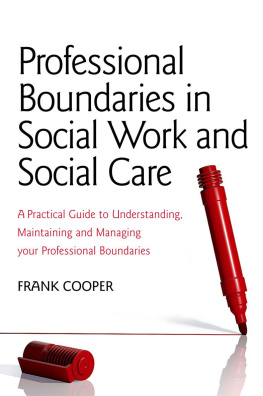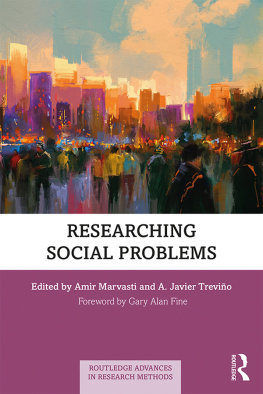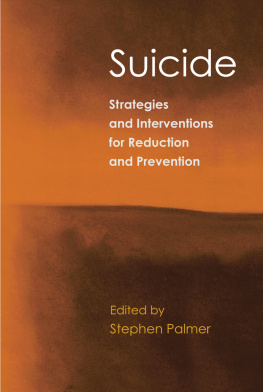
Routledge Revivals
The Simulated Client
Published in 1996, this book presents an innovative method for studying the work of professionals with clients that was applied to an evaluation study of legislation and of lawyers working with clients seeking a divorce. With the simulated client methods, the researcher plays the role of simulated or hypo-thetical clients with predetermined characteristics who are consulting a lawyer, the research subject. The research is carried out in the natural setting of the lawyers office and the lawyer conducts business as usual. The method overcomes problems of access due to client confidentiality that are commonly found in research of professional groups. It is a qualitative but focused method for evaluation research which has strengths for making comparisons across professional practice. The book will be useful to those conducting research on professionals and other elite groups working with clients as well as those interested in the socio-legal study of legal professionals.
This book was originally published as part of the Cardiff Papers in Qualitative Research series edited by Paul Atkinson, Sara Delamont and Amanda Coffey. The series publishes original sociological research that reflects the tradition of qualitative and ethnographic inquiry developed at Cardiff. The series includes monographs reporting on empirical research, edited collections focussing on particular themes, and texts discussing methodological developments and issues.
The Simulated Client
A Method for Studying Professionals Working with Clients
Fran Wasoff and R. Emerson Dobash
First published in 1996
by Ashgate Publishing Ltd
This edition first published in 2018 by Routledge
2 Park Square, Milton Park, Abingdon, Oxon, OX14 4RN
and by Routledge
711 Third Avenue, New York, NY 10017
Routledge is an imprint of the Taylor & Francis Group, an informa business 1996 F. Wasoff and R. Emerson Dobash
All rights reserved. No part of this book may be reprinted or reproduced or utilised in any form or by any electronic, mechanical, or other means, now known or hereafter invented, including photocopying and recording, or in any information storage or retrieval system, without permission in writing from the publishers.
Publishers Note
The publisher has gone to great lengths to ensure the quality of this reprint but points out that some imperfections in the original copies may be apparent.
Disclaimer
The publisher has made every effort to trace copyright holders and welcomes correspondence from those they have been unable to contact.
A Library of Congress record exists under LCCN: 96083271
ISBN 13: 978-0-8153-4730-9 (hbk)
ISBN 13: 978-1-351-16936-3 (ebk)
The Simulated Client
A method for studying professionals working with clients
FRAN WASOFF
Department of Social Policy
University of Edinburgh
R. EMERSON DOBASH
Department of Social Policy and Social Work
University of Manchester
Avebury
Aldershot Brookfield USA Hong Kong Singapore Sydney
F. Wasoff and R. Emerson Dobash 1996
All rights reserved. No part of this publication may be reproduced, stored in a retrieval system, or transmitted in any form or by any means, electronic, mechanical, photocopying, recording or otherwise without the prior permission of the publisher.
Published by
Avebury
Ashgate Publishing Ltd
Gower House
Croft Road
Aldershot
Hants GU11 3HR
England
Ashgate Publishing Company
Old Post Road
Brookfield
Vermont 05036
USA
British Library Cataloguing in Publication Data
Wasoff, Fran
The simulated client: a method for studying professionals working with clients. - (Cardiff papers in qualitative research)
1. Counselor and client - Research 2. Social service -Research 3. Interpersonal relations - Research I. Title II. Dobash, R. (Rebecca Emerson), 1943361.3072
ISBN 1 85628 920 6
Library of Congress Catalog Card Number: 96-83271
Contents
The research on which this report is based was commissioned and financed by the Civil Law Branch of the Scottish Home and Health Department; we are grateful for their support and for giving us the opportunity to conduct this research. We should also like to thank the Steering Group (Helen Jones, Evelyn Sangster and Peter Russell of the Scottish Home and Health Department, Andrew Gibb of the Law Society of Scotland and Eric Clive of the Scottish Law Commission) for this project for their useful and constructive advice at all stages of the work.
Thanks are also due to Dr Ian Dey in the Department of Social Policy of the University of Edinburgh, who spent many hours developing the computer software that we used for our data analysis; the results would have been far more limited without his contribution. We are also grateful to Alex Nye for transcribing many more hours of interviews than we had originally planned.
The solicitors who contributed to the study were most accommodating; thoughtful, good-humoured and generous with their time and expertise. We would like to thank them all again most warmly.
Special thanks must go to Dorothy Harcus who, as Research Fellow, was the simulated client who brought Robert Jackson, Jennifer Aspinall and Rosemary Westcott to life.
In the social sciences there are two well-established research paradigms or broad approaches to the conduct of research (Bryman 1988, May 1993, Hughes 1995, Hammersley 1993, Bulmer 1986, Hakim 1987). The first has its roots in positivism and a natural science paradigm. The second is variously referred to as a meaning-centred paradigm or an ethnographic approach. Each is based on a distinctive epistemology. These paradigms broadly translate respectively into the quantitative and qualitative traditions of social research. The debate which has developed has tended to cast these traditions as mutually exclusive, and often opposing, alternatives (Bryman 1988, ). (A given research strategy tends to be one or the other, but not both.) Hybrid approaches, that draw on elements from both traditions, are not commonplace.
It is not the purpose of this book to revisit the well worn debate concerning the relative merits and demerits of these two paradigms. We begin with the observation that both traditions now firmly co-exist in the social sciences and that each tradition has demonstrated its value for social research and each has its particular strengths and weaknesses. More to the point, each has contributed its own distinctive tools of the trade to practising researchers whose day to day work takes both traditions as a given for doing research. In this book, we aim to present a detailed account of a research methodology which we developed to meet our particular research needs, and which draws on both traditions. The method does not fit easily into either of these methodological ideal types but is essentially a hybrid and, like hybrid organisms in nature, developed out of necessity, opportunity and in response to demands from the environment.
The book is written because we think that our research needs are a common requirement of social research. The specific project was an evaluation study of an innovation introduced by legislation, as used in practice with clients. Evaluations are becoming even more commonplace, studies of professionals at work are often needed, and the problems of undertaking such work in a natural setting remain. They apply equally to other professionals working with clients. The simulated client technique is applicable to addressing research dilemmas presented when studying the work of a wide variety of professionals, including, for example, social workers, doctors, nurses, teachers and business managers. This method therefore has value to the wider social science research community.









